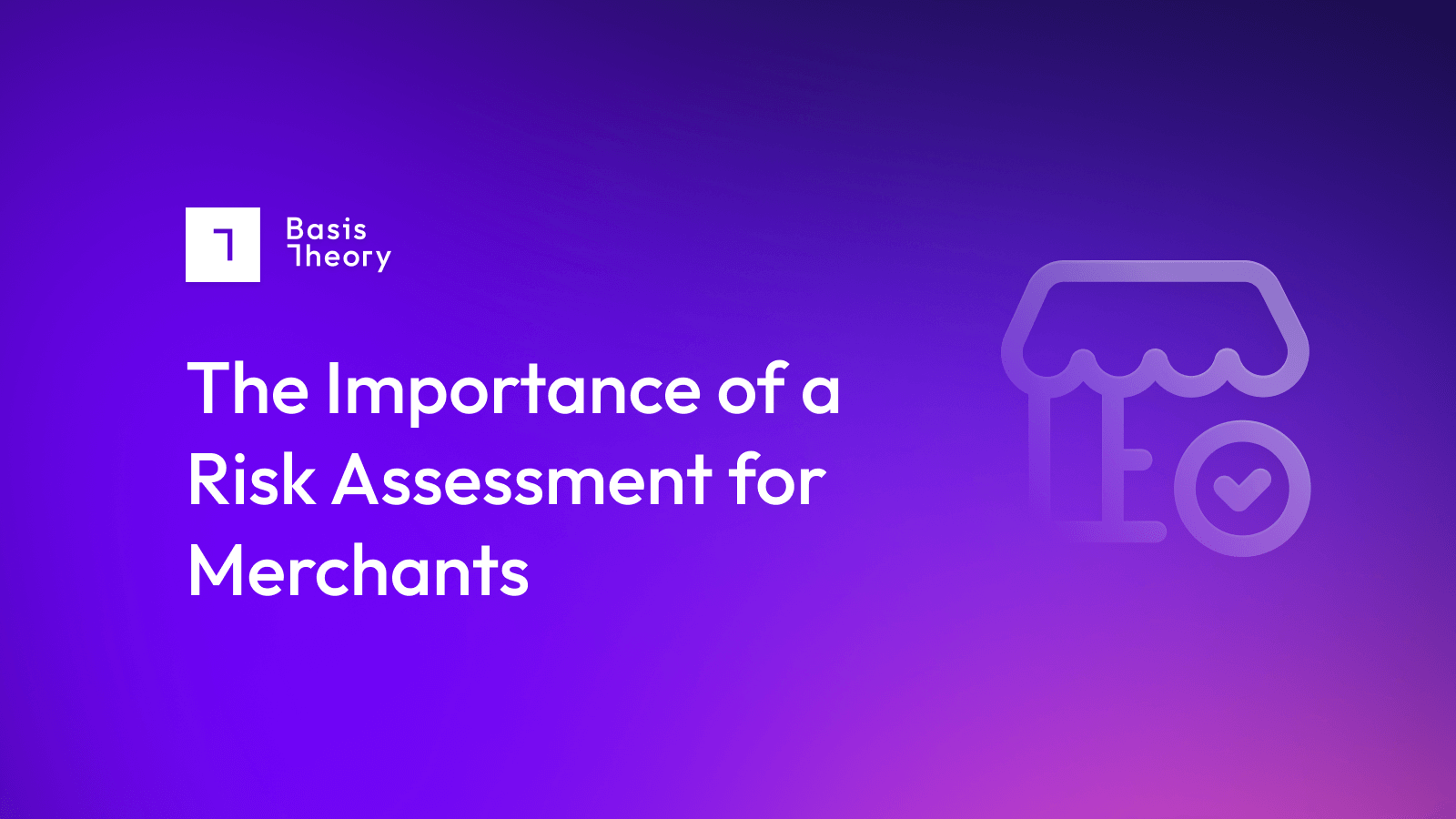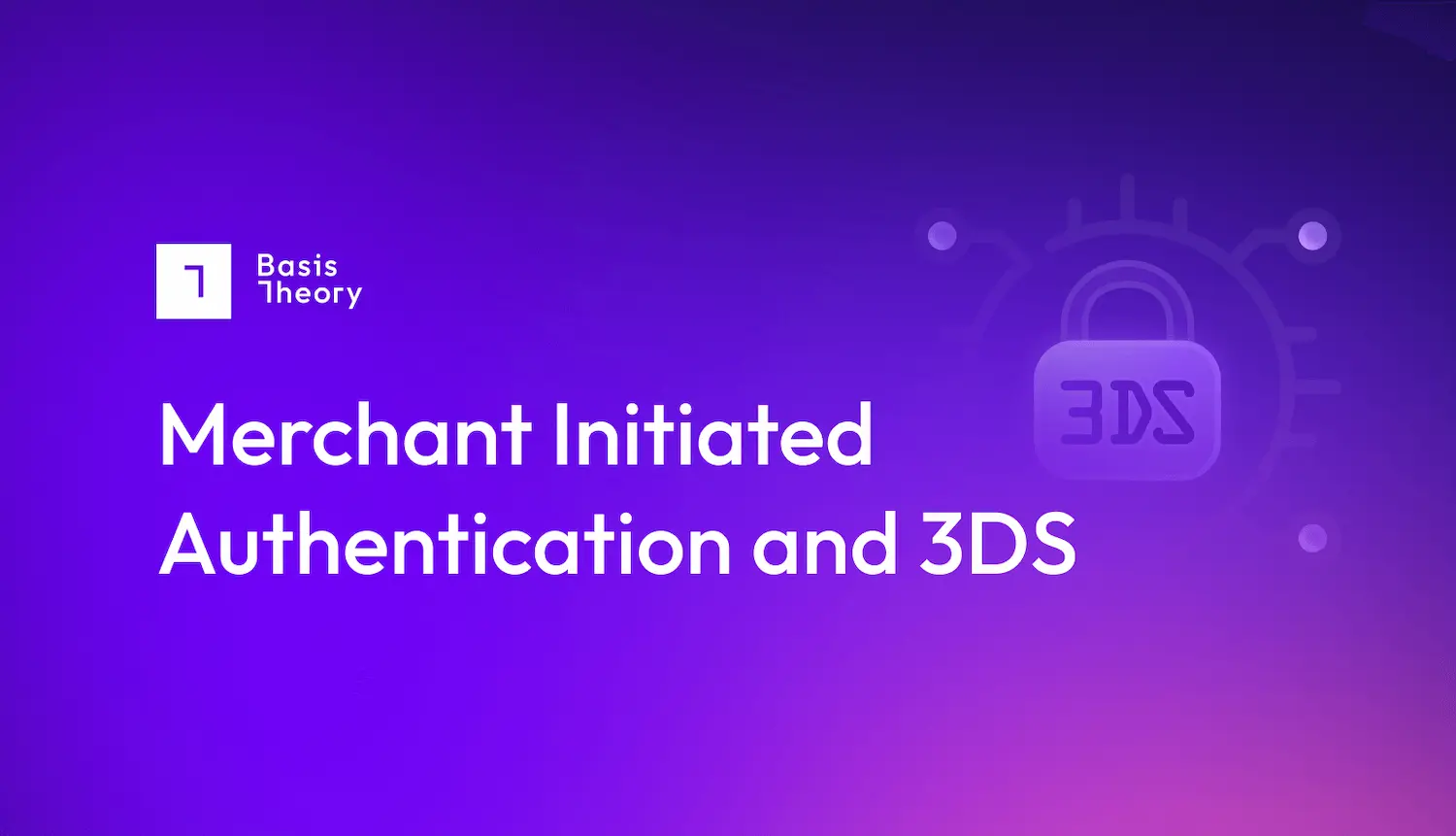Why a Merchant of Record Needs a Unified Vault

Table of Contents
Imagine trying to put a puzzle together knowing the pieces you need are in separate boxes, houses, and countries.
That’s life as a Merchant of Record.
As a Merchant of Record (MoR), you’re legally and financially responsible for processing transactions on behalf of other businesses. You accept payments, manage chargebacks and refunds, and navigate cross-border tax and regulatory requirements. This level of responsibility makes MoRs a critical link between merchants, customers, and payment service providers (PSPs.) It also creates complexities.
Gaming platforms, online marketplaces, and subscription services often use this model to process payments for third parties or sub-merchants.
To make it all work, MoRs integrate with multiple PSPs to support different geographies, currencies, and payment methods. But each provider has their own vault, reconciliation process, and data formatting expectations, requiring MoRs to navigate a web of different complexities, protocols, and processes.
Fragmented Data
Processing payments isn’t the most complex part of being a Merchant of Record; managing the relationship and data behind each PSP is.
Every vault stores customer and transaction data differently. Each integration has its own retry logic, reporting format, and reconciliation process. As your footprint expands, these differences make a payments puzzle even harder to solve.
The impact shows up everywhere:
- Data trapped inside a PSP vault can be hard to paint a complete picture of a customer profile and their transaction activity.
- Routing failed transactions to another provider, or testing a new acquirer can take weeks to implement.
- Managing compliance audits, fraud tools, and recurring payments comes with unnecessary overhead.
These issues extend beyond engineering. Fragmented data makes it harder for a MoR to adapt to new customer demands, enter new regions, or recover failed payments. What started as a smart, multi-processor strategy becomes a set of dependencies that slow innovation.
Restoring Control
To stay agile, MoRs need more than redundancy; they need control. Control starts by bringing data together in one place.
A single, third-party vault acts as a neutral, unified layer that sits in front of all your PSPs. This becomes your single source of truth for payment data.
By capturing payment data at the point-of-sale without depending on processor-specific iframes, vaults, or data formats, you maintain full visibility and flexibility to route transactions wherever you choose.
Here’s how it changes the game:
- One integration, many processors. Connect your systems to one vault, not ten. From there, route transactions dynamically to different PSPs or acquirers based on geography, performance, or cost.
- Processor independence. Switch or add providers without re-tokenizing or rebuilding integrations—your vault holds the data, not your processors.
- Unified visibility. Get a complete, real-time view of customer activity and payment performance across every provider.
- Smarter routing and recovery. Retry failed payments through alternate PSPs automatically, reducing decline rates and lost revenue.
- Simplified compliance and security. Maintain PCI DSS compliance in one place, with consistent policies and data controls across all regions.
- Enhanced enrichment. Layer on capabilities like 3DS, network tokenization, or account updater services directly from the vault.
A single vault restores control, letting MoRs manage payment operations on their own terms, reducing dependency on providers and making it easier to scale into new markets, support new payment methods, or experiment with new routing logic. Each card, wallet, or bank account token lives in a single, secure environment. The data remains accessible, portable, and ready to be routed at a moments notice.
Complete the Puzzle
For Merchants of Record, managing payments shouldn’t mean managing chaos. Yet many still rely on fragmented vaults, scattered data, and processor-dependent systems that limit flexibility and slow growth.
A single, third-party vault changes that equation by giving MoRs the power to unify their data, simplify their operations, and scale confidently across borders, currencies, and payment providers.Basis Theory was built for companies that need this level of control. Our vault sits at the center of your payments ecosystem.
Ready to see how all these pieces fit together? Reach out to our team for a Merchant of Record Resilience Checklist to uncover gaps in your payment architecture and see how a unified vault can help you scale faster, safer, and smarter.
.png?width=365&height=122&name=BTLogo%20(1).png)



